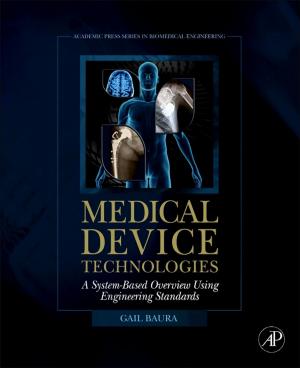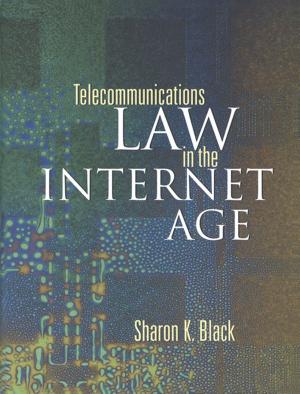Waste Electrical and Electronic Equipment (WEEE) Handbook
Nonfiction, Science & Nature, Technology, Engineering, Environmental, Reference & Language, Law| Author: | ISBN: | 9780857096333 | |
| Publisher: | Elsevier Science | Publication: | August 30, 2012 |
| Imprint: | Woodhead Publishing | Language: | English |
| Author: | |
| ISBN: | 9780857096333 |
| Publisher: | Elsevier Science |
| Publication: | August 30, 2012 |
| Imprint: | Woodhead Publishing |
| Language: | English |
Electrical and electronic waste is a growing problem as volumes are increasing fast. Rapid product innovation and replacement, especially in information and communication technologies (ICT), combined with the migration from analog to digital technologies and to flat-screen televisions and monitors has resulted in some electronic products quickly reaching the end of their life. The EU directive on waste electrical and electronic equipment (WEEE) aims to minimise WEEE by putting organizational and financial responsibility on producers and distributors for collection, treatment, recycling and recovery of WEEE. Therefore all stakeholders need to be well-informed about their WEEE responsibilities and options. While focussing on the EU, this book draws lessons for policy and practice from all over the world.
Part one introduces the reader to legislation and initiatives to manage WEEE. Part two discusses technologies for the refurbishment, treatment and recycling of waste electronics. Part three focuses on electronic products that present particular challenges for recyclers. Part four explores sustainable design of electronics and supply chains. Part five discusses national and regional WEEE management schemes and part six looks at corporate WEEE management strategies.
With an authoritative collection of chapters from an international team of authors, Waste electrical and electronic equipment (WEEE) handbook is designed to be used as a reference by policy-makers, producers and treatment operators in both the developed and developing world.
- Draws lessons for waste electrical and electronic equipment (WEEE) policy and practice from around the world
- Discusses legislation and initiatives to manage WEEE, including global e-waste initiatives, EU legislation relating to electronic waste, and eco-efficiency evaluation of WEEE take-back systems
- Sections cover technologies for refurbishment, treatment and recycling of waste, sustainable design of electronics and supply chains, national and regional waste management schemes, and corporate WEEE management strategies
Electrical and electronic waste is a growing problem as volumes are increasing fast. Rapid product innovation and replacement, especially in information and communication technologies (ICT), combined with the migration from analog to digital technologies and to flat-screen televisions and monitors has resulted in some electronic products quickly reaching the end of their life. The EU directive on waste electrical and electronic equipment (WEEE) aims to minimise WEEE by putting organizational and financial responsibility on producers and distributors for collection, treatment, recycling and recovery of WEEE. Therefore all stakeholders need to be well-informed about their WEEE responsibilities and options. While focussing on the EU, this book draws lessons for policy and practice from all over the world.
Part one introduces the reader to legislation and initiatives to manage WEEE. Part two discusses technologies for the refurbishment, treatment and recycling of waste electronics. Part three focuses on electronic products that present particular challenges for recyclers. Part four explores sustainable design of electronics and supply chains. Part five discusses national and regional WEEE management schemes and part six looks at corporate WEEE management strategies.
With an authoritative collection of chapters from an international team of authors, Waste electrical and electronic equipment (WEEE) handbook is designed to be used as a reference by policy-makers, producers and treatment operators in both the developed and developing world.
- Draws lessons for waste electrical and electronic equipment (WEEE) policy and practice from around the world
- Discusses legislation and initiatives to manage WEEE, including global e-waste initiatives, EU legislation relating to electronic waste, and eco-efficiency evaluation of WEEE take-back systems
- Sections cover technologies for refurbishment, treatment and recycling of waste, sustainable design of electronics and supply chains, national and regional waste management schemes, and corporate WEEE management strategies















